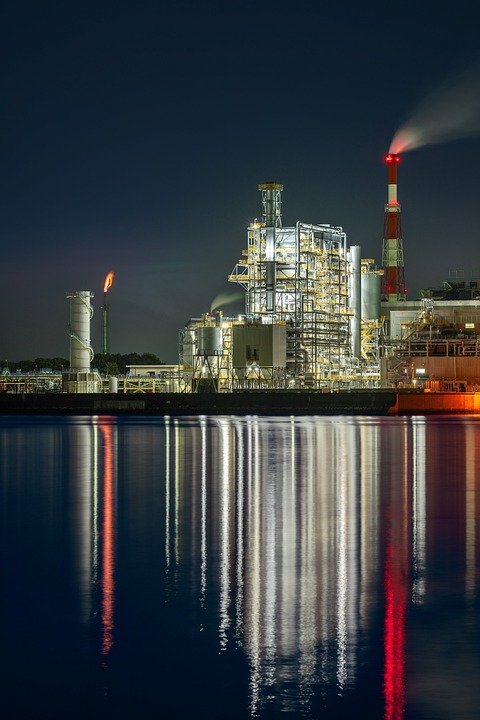What Is the Climate in the Southeastern United States?
The Southeastern United States is characterized by a diverse and dynamic climate, primarily classified as humid subtropical. This climate plays a crucial role in shaping the region’s agriculture, tourism, and overall lifestyle. Understanding its characteristics is essential for residents and visitors alike, as it influences daily activities, economic opportunities, and environmental challenges.
1. General Climate Characteristics of the Southeast
The majority of the Southeastern U.S. experiences a humid subtropical climate, which is marked by:
– Warm to hot summers with high humidity
– Mild winters that rarely see extreme cold
– Abundant precipitation throughout the year
This climate type is conducive to a wide variety of agricultural products and supports rich biodiversity in the region.
2. Seasonal Climate Patterns in the Southeast
A. Summer (June to August)
– Temperatures: Often range from 85°F to 95°F (29°C to 35°C), with high humidity making it feel even warmer.
– Weather Events: Frequent afternoon thunderstorms occur, and there is a heightened risk of hurricanes along coastal areas.
B. Fall (September to November)
– Temperatures: Warm to mild, with highs between 65°F and 85°F (18°C to 29°C).
– Weather Conditions: Humidity decreases, leading to pleasant weather and less storm activity.
C. Winter (December to February)
– Temperatures: Mild, ranging from 40°F to 65°F (4°C to 18°C), although cold snaps can bring freezing temperatures.
– Snowfall: Rare except in northern regions and higher elevations like the Appalachian Mountains.
D. Spring (March to May)
– Temperatures: Warm and humid, typically between 60°F and 80°F (15°C to 27°C).
– Precipitation: Increased rainfall and thunderstorms as humidity rises.
3. Regional Climate Variations in the Southeast
A. Coastal Southeast (Florida, Georgia, South Carolina)
– Climate Features: Generally hotter and more humid year-round with a significant risk of hurricanes.
– Winters: Mild with very low chances of frost or snow due to oceanic influences.
B. Inland Southeast (Alabama, Tennessee, Mississippi)
– Temperature Variability: Warmer summers and cooler winters compared to coastal areas.
– Weather Events: Occasional snowfall in northern parts; frequent summer thunderstorms.
C. Appalachian Mountain Region
– Temperature Characteristics: Cooler year-round with more distinct seasonal changes.
– Snowfall: Higher chances in winter; shorter growing season due to elevation.
4. Common Weather Events and Patterns in the Southeast
A. Thunderstorms and High Humidity
The summer months witness frequent thunderstorms driven by high humidity levels and warm air masses. These storms can lead to severe weather conditions such as lightning strikes, flooding, and strong winds.
B. Hurricanes and Tropical Storms
Hurricane season runs from June to November, significantly impacting coastal areas through high winds and heavy rainfall. The intensity of hurricanes has been increasing due to climate change factors such as warmer sea surface temperatures.
C. Tornadoes
Tornadoes can occur sporadically, particularly during spring and fall seasons, with regional variations in frequency and intensity depending on local climatic conditions.
5. How Climate Change is Impacting the Southeast
Climate change poses several challenges for the Southeastern U.S., including:
– Rising Temperatures: More extreme heat days are expected.
– Increased Hurricane Intensity: Stronger hurricanes are predicted due to warmer ocean temperatures.
– Changing Precipitation Patterns: Variability in rainfall can adversely affect agriculture and water resources.
FAQs
– Which states are in the Southeastern U.S.?
The Southeastern U.S. includes states like Florida, Georgia, Alabama, South Carolina, Tennessee, Mississippi, North Carolina, Louisiana, Kentucky, Virginia, Arkansas, West Virginia, and Maryland.
– What are winters like in the Southeast?
Winters are generally mild with temperatures ranging from 40°F to 65°F (4°C to 18°C), though northern areas may experience occasional cold snaps.
– Why does the Southeast experience so many thunderstorms?
High humidity combined with warm air creates ideal conditions for thunderstorms during summer months.
– How does the climate in Florida differ from the rest of the Southeast?
Florida has a tropical savanna climate in its southern regions with a pronounced rainy season from May through October compared to other southeastern states.
– Is climate change increasing hurricane risks in the Southeast?
Yes, climate change is contributing to increased hurricane intensity and frequency due to warmer sea temperatures.
Conclusion
The climate of the Southeastern United States is defined by its humid subtropical characteristics that influence daily life significantly—from agriculture practices to tourism activities. As climate change continues to impact weather patterns and seasonal variability, understanding this region’s climate becomes increasingly important for resilience planning against severe weather events.

Kyle Whyte is a notable scholar and professor at the University of Michigan, holding positions such as the George Willis Pack Professor in the School for Environment and Sustainability and Professor of Philosophy. Specializing in environmental justice, his work critically examines climate policy and Indigenous peoples’ ethics, emphasizing the nexus between cooperative scientific endeavors and Indigenous justice. As an enrolled Citizen Potawatomi Nation member, he brings a vital perspective to his roles as a U.S. Science Envoy and member of the White House Environmental Justice Advisory Council. His influential research is supported by various prestigious organizations including the National Science Foundation, and disseminated through publications in high-impact journals. Kyle actively contributes to global Indigenous research methodologies and education, with affiliations to numerous institutes and societies dedicated to traditional knowledge and sustainability. Recognized for his academic and community engagement, Kyle has earned multiple awards and served in various visiting professorships. His efforts extend to leadership positions on boards and committees focused on environmental justice nationwide.
